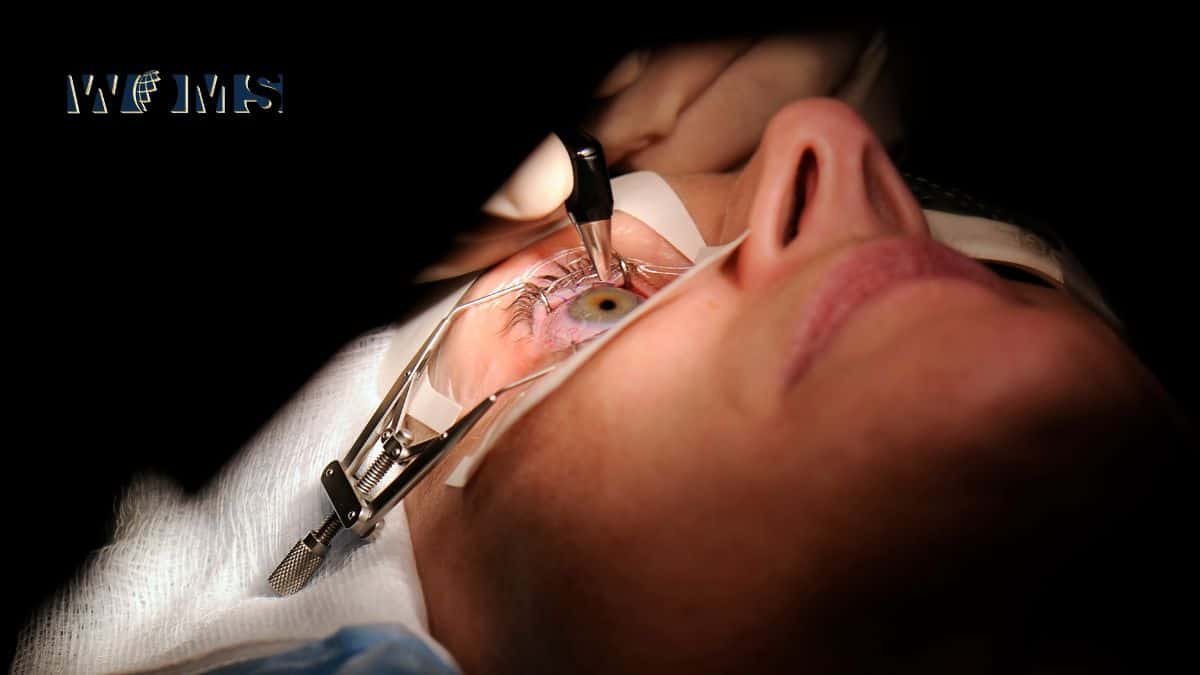Lasik for Astigmatism and Presbyopia

All laser Lasik eye surgery can be a life-changing procedure for people with astigmatism, presbyopia, and other common vision impairments. If you’ve been considering the possibility of getting LASIK to improve your vision, you’re not alone: each year, millions of Americans opt for this type of refractive correction. In this article, we’re diving into exactly how LASIK works to treat astigmatism and presbyopia two very common conditions that many adults face in their thirties and beyond. We’ll talk about who is a good candidate, what symptoms these issues specifically present themselves as, and what the typical results are after surgery. Keep reading if you’d like to explore Lasik’s potential impact on your quality of vision!
Understanding Astigmatism and Presbyopia
Understanding astigmatism and presbyopia can be daunting, but it doesn’t have to be. Both of these conditions are vision-related issues that can occur in different forms, with varying levels of impact. Astigmatism is a common condition resulting from an irregular shape in the cornea or curved lens that refracts light differently than normal, which creates a blurred or distorted vision. Meanwhile, presbyopia is often called age-related farsightedness and results when the lens loses flexibility due to aging. While astigmatism and presbyopia can have similar symptoms that may interfere with your vision and quality of life, solutions for both can vary greatly depending on the severity of your situation. It’s best to speak with a professional eye care provider from Chicago Eye Institute who can advise you on the best solution for your individual needs.
Benefits of LASIK for Astigmatism and Presbyopia
For people with astigmatism or presbyopia, the thought of corrective eyewear can be daunting and expensive. Thankfully, those suffering from these conditions have a great alternative to LASIK. This advanced form of laser eye surgery offers numerous benefits, from freeing yourself from reliance on glasses or contact lenses to improved vision clarity and distance vision. People who undergo LASIK are often able to see dramatic improvements immediately following the surgery and may find themselves completely free of any visual aids after only one procedure. Additionally, presbyopia and astigmatism specialists claim that the risks associated with LASIK are quite minimal, with research demonstrating that it can be a safe and effective solution for overcoming astigmatism and presbyopia. Long-term eye health is also greatly improved due to the elimination of daily contact wear and its associated maintenance over time. For individuals dealing with astigmatism or presbyopia, considering LASIK is definitely worth it!
What the Procedure Involves
The LASIK procedure for astigmatism and presbyopia involves reshaping the cornea to correct vision issues. LASIK stands for laser-assisted in situ keratomileusis, a surgery that uses a laser to remove a small amount of corneal tissue, reshaping the cornea and correcting the prescription. In astigmatism, the cornea has an irregular shape, causing light to refract unevenly and leading to blurred vision. Presbyopia, on the other hand, is a condition that affects the ability of the eye to focus on near objects as a result of aging. LASIK is a relatively painless and quick procedure that can greatly improve vision and reduce dependence on glasses or contact lenses.
Preparing for Surgery
Preparing for the LASIK procedure for astigmatism and presbyopia involves a few important steps. The first step is to consult with an experienced LASIK surgeon to determine whether the surgery is appropriate for your condition and to discuss possible risks and benefits. You may also need to undergo a thorough eye examination to ensure that your eyes are healthy enough for the procedure. In the days leading up to the surgery, you may be instructed to stop wearing contact lenses, as they can affect the shape of the cornea and interfere with the procedure. You should also make arrangements for someone to drive you home after the surgery, as you may experience some temporary vision impairment immediately after the procedure. Additionally, it is important to follow any other pre-operative instructions provided by your surgeon to ensure the best possible outcome from the procedure.
Post-op Care and Recovery Process
Undergoing Lasik surgery for astigmatism and presbyopia is a major decision, and it’s just as important to understand the post-op care process. Generally, it includes limiting physical activity, wearing proper eye protection and other protective gear during exercise, using prescribed eye drops regularly, and returning to their doctor for check-ups to ensure healing. You may also experience some sensitivity after the surgery, including light sensitivity, watery eyes, or itchiness in the affected area. Taking these precautions will reduce any discomfort associated with post-operative care after LASIK surgery for astigmatism and presbyopia, ensuring a smooth recovery process.
Follow-up Appointments and Maintenance
After you’ve had LASIK surgery for astigmatism and presbyopia, it’s important to schedule follow-up appointments and make sure that your vision is staying in line with the results that you worked so hard to achieve. Not only are those post-op visits important for making sure that your eyes are healing properly, but they can also ensure that any possible side effects or effects of the treatment can be detected early. And while you may not need a lot of maintenance afterward, it’s still a good idea to meet with your eye doctor at least once every year just to keep an eye on things. Trust us – it’ll all be worth it in the end!
Conclusion
Do not hesitate to schedule an appointment with your ophthalmologist if you are concerned about your vision health. It is important to make an informed decision about LASIK surgery, and you will likely require confirmation from your doctor about the best course of action in your case. LASIK is a safe and relatively simple procedure with very little risk of complications. Additionally, healthier habits like wearing protective eyewear outside and avoiding excessive drinking and smoking can help maintain better vision over time. Overall, understanding astigmatism and presbyopia treatment can help patients make informed decisions on whether or not they should consider LASIK or other vision correction treatments. By conducting proper research into the various options available, as well as consulting with professional ophthalmologists, individuals can receive the care they require to correct their vision issues and experience the improved quality of life that comes with good eyesight.



